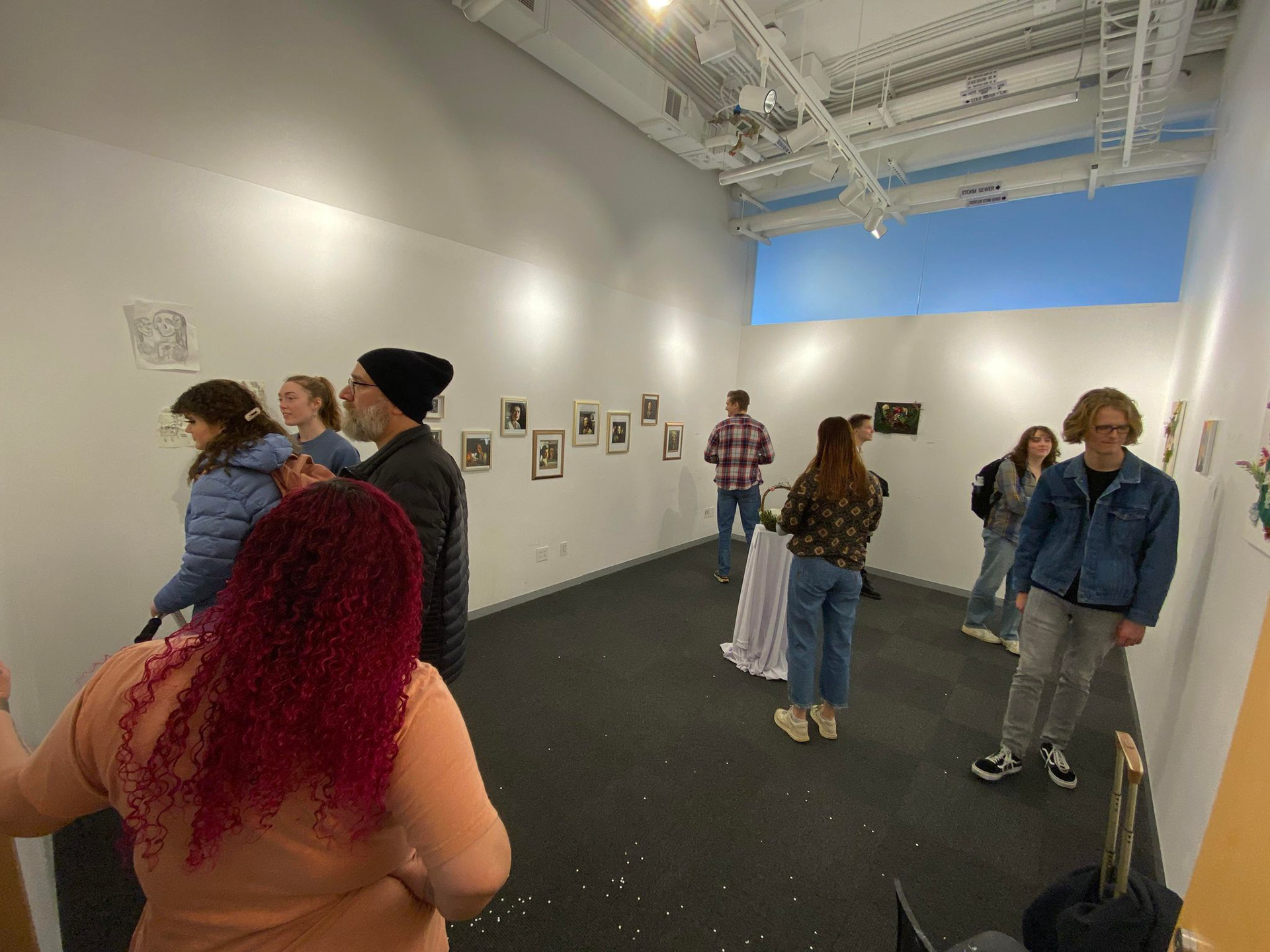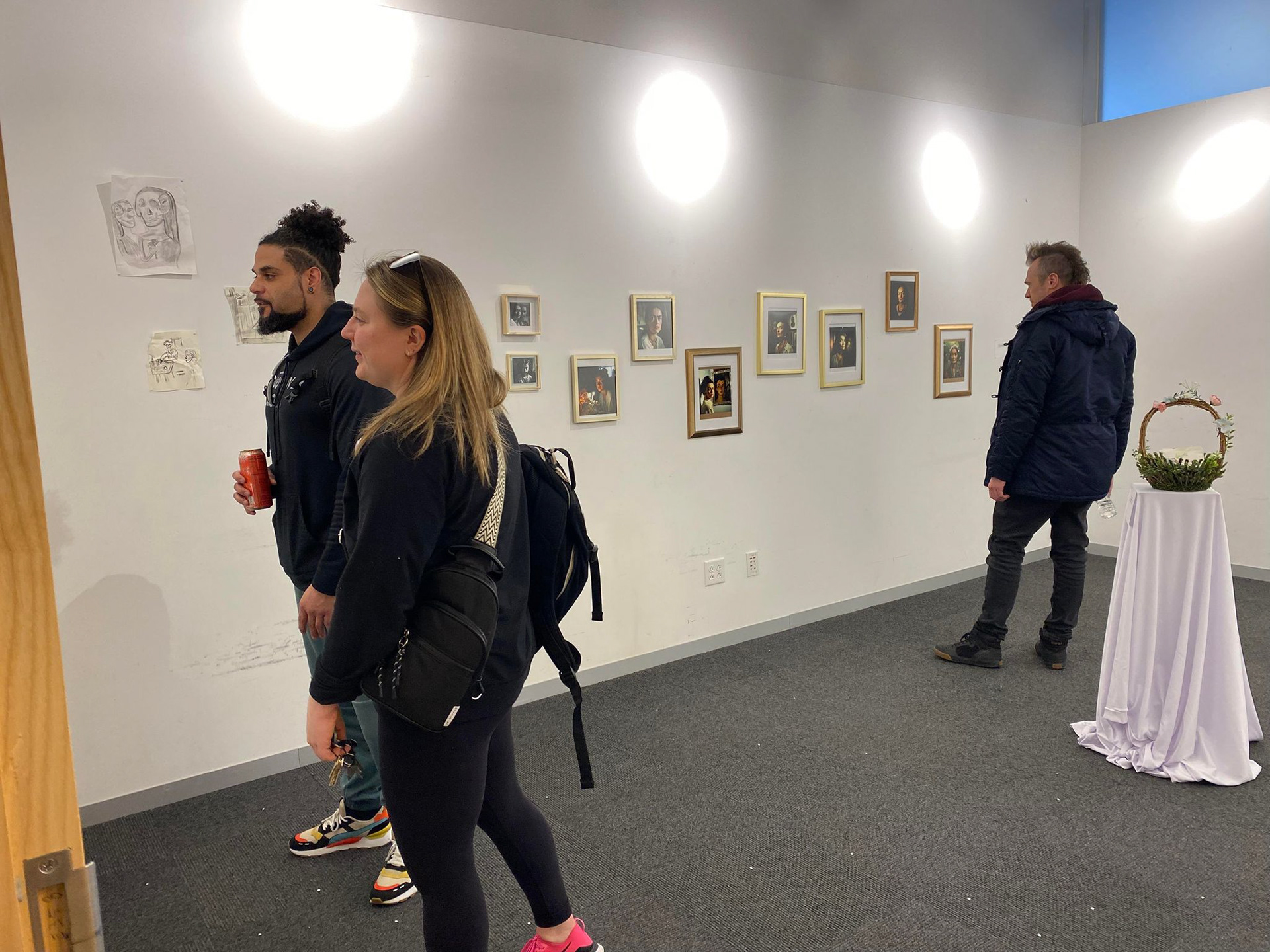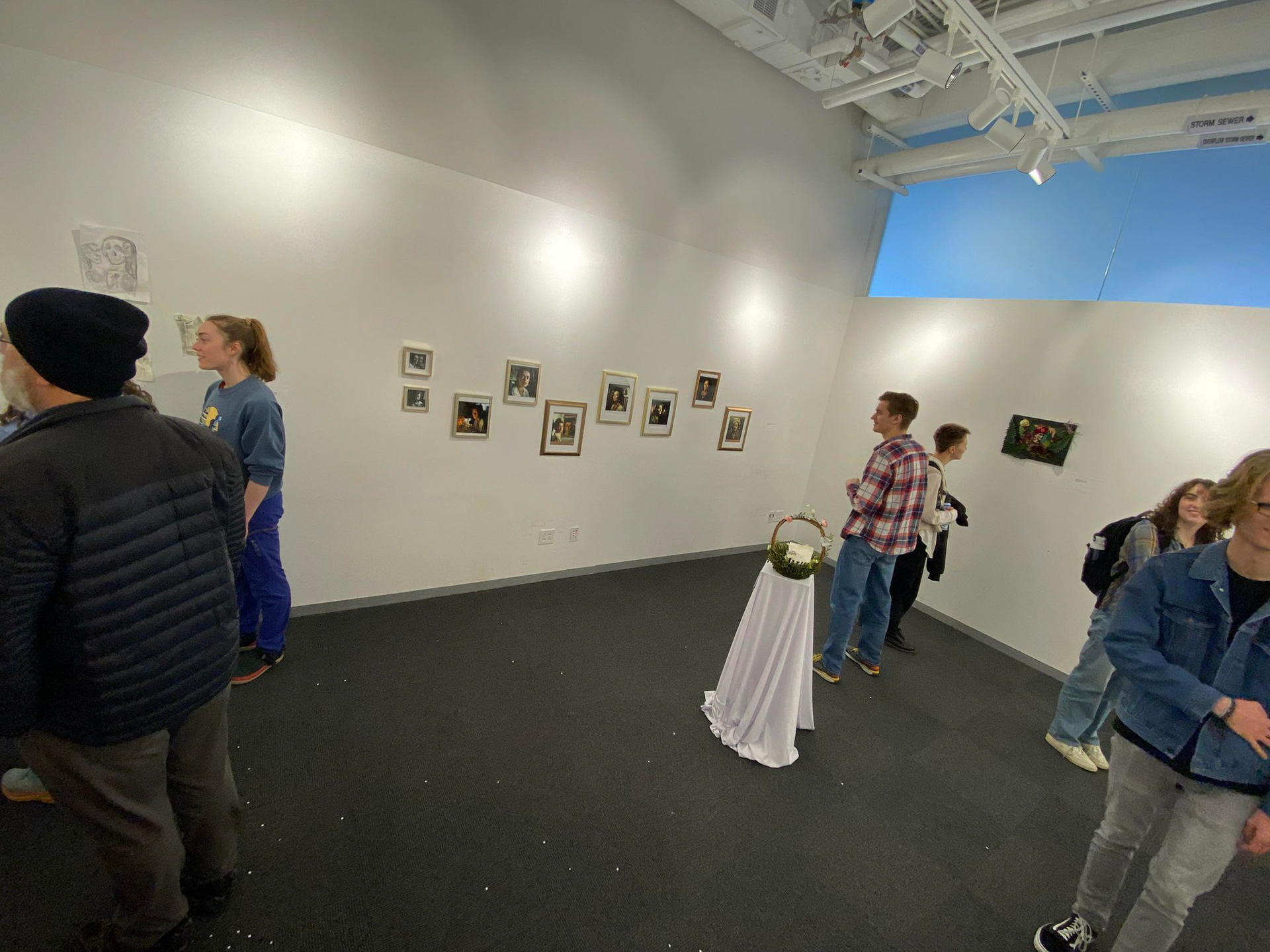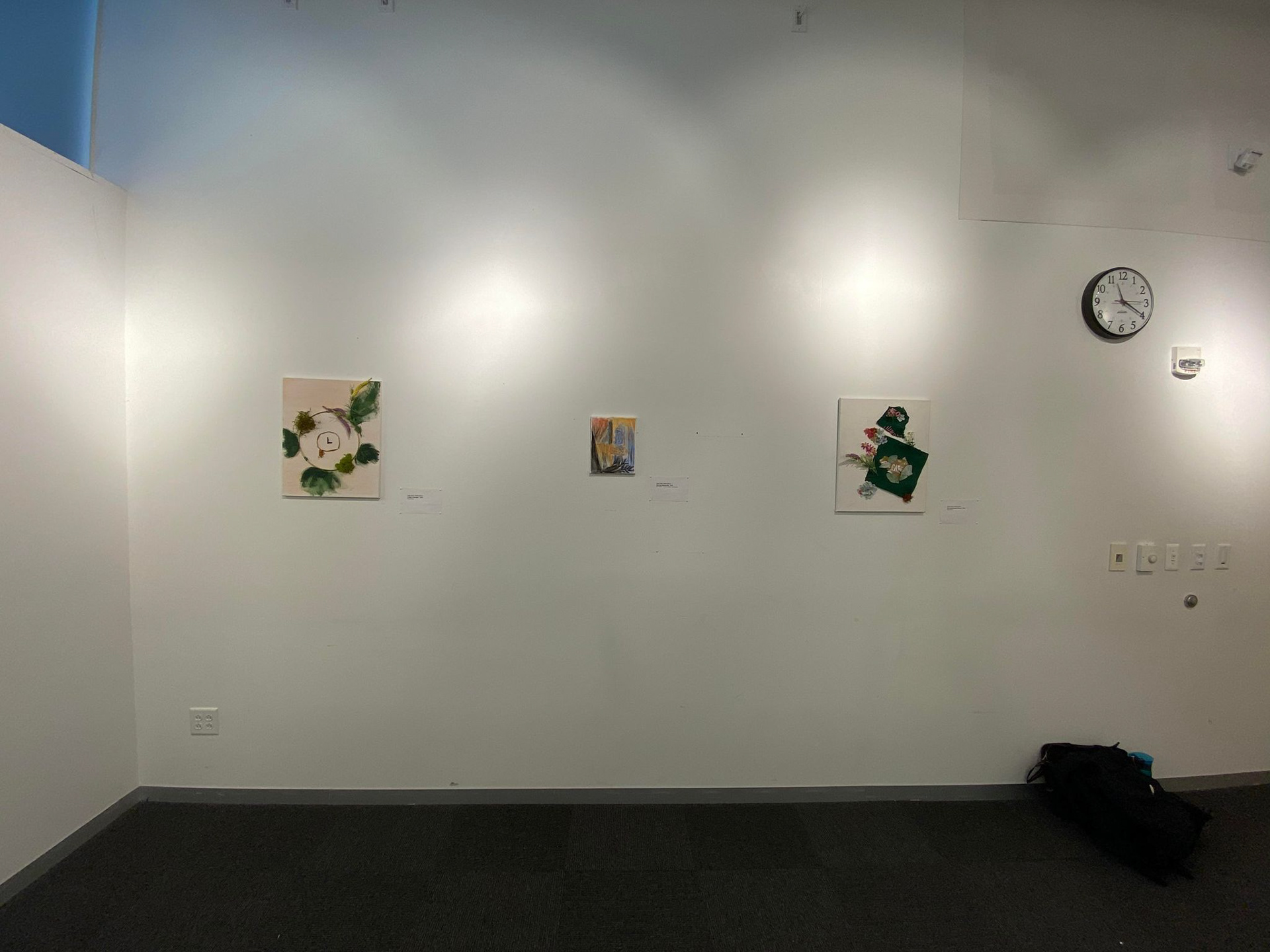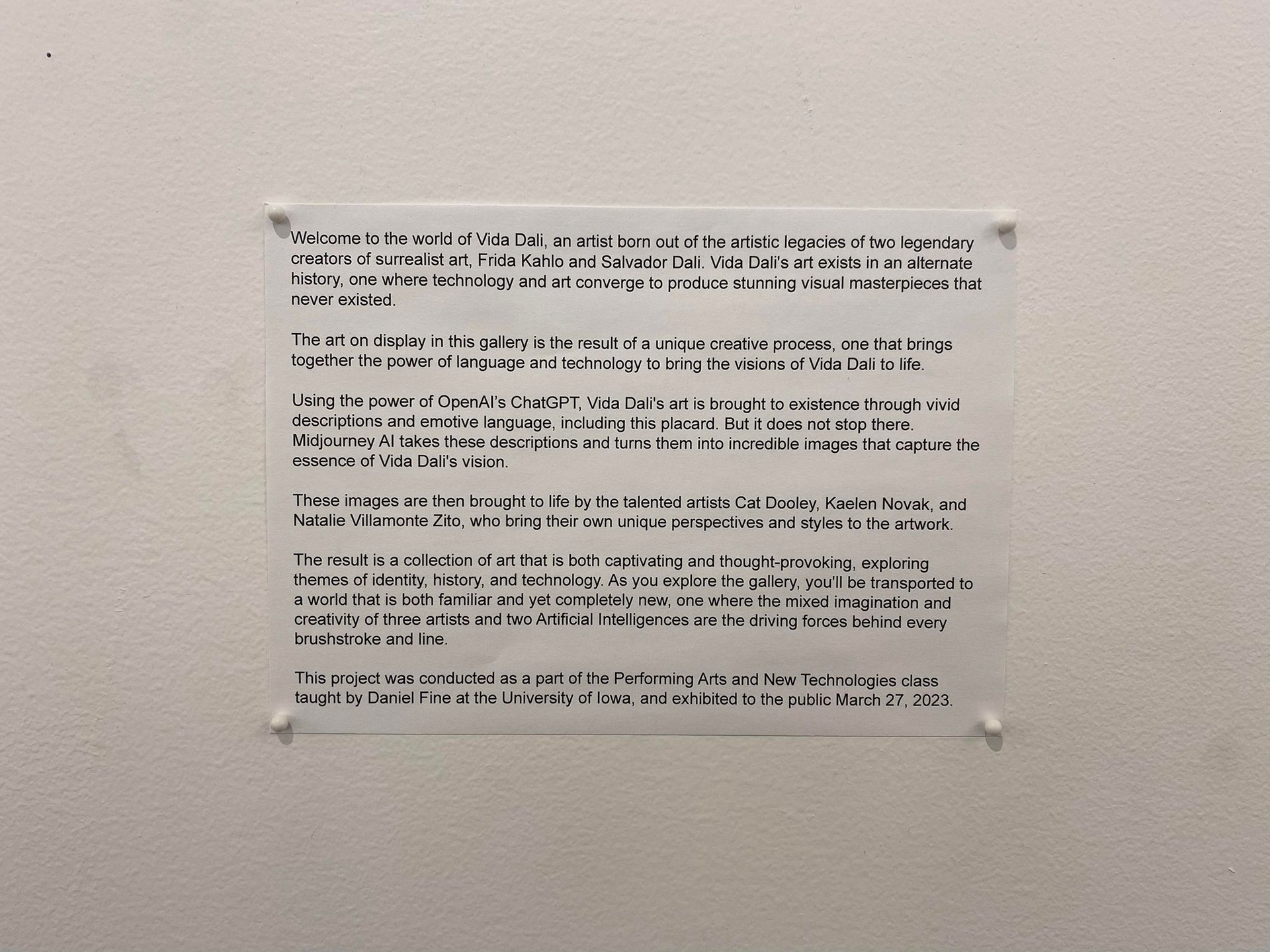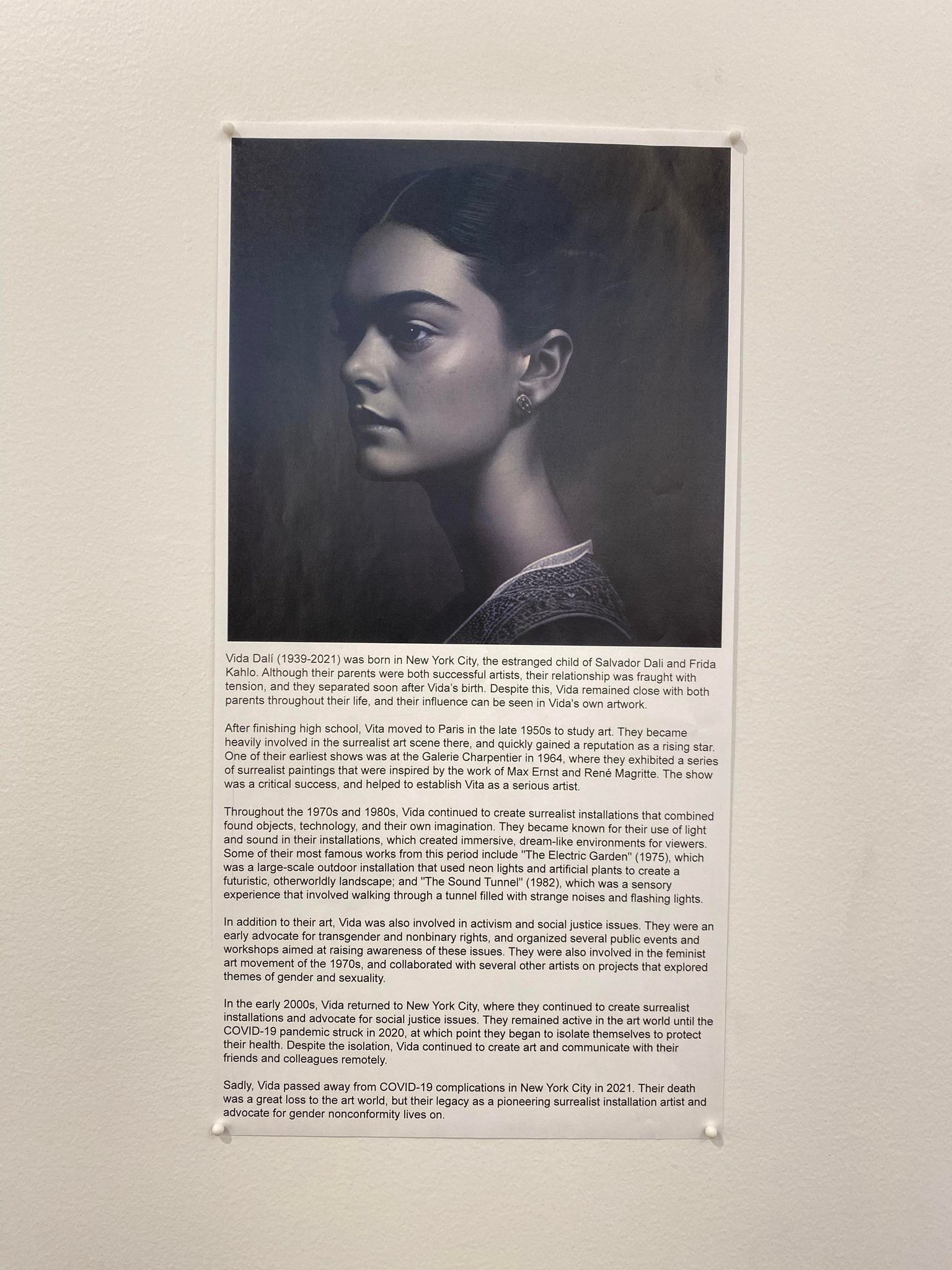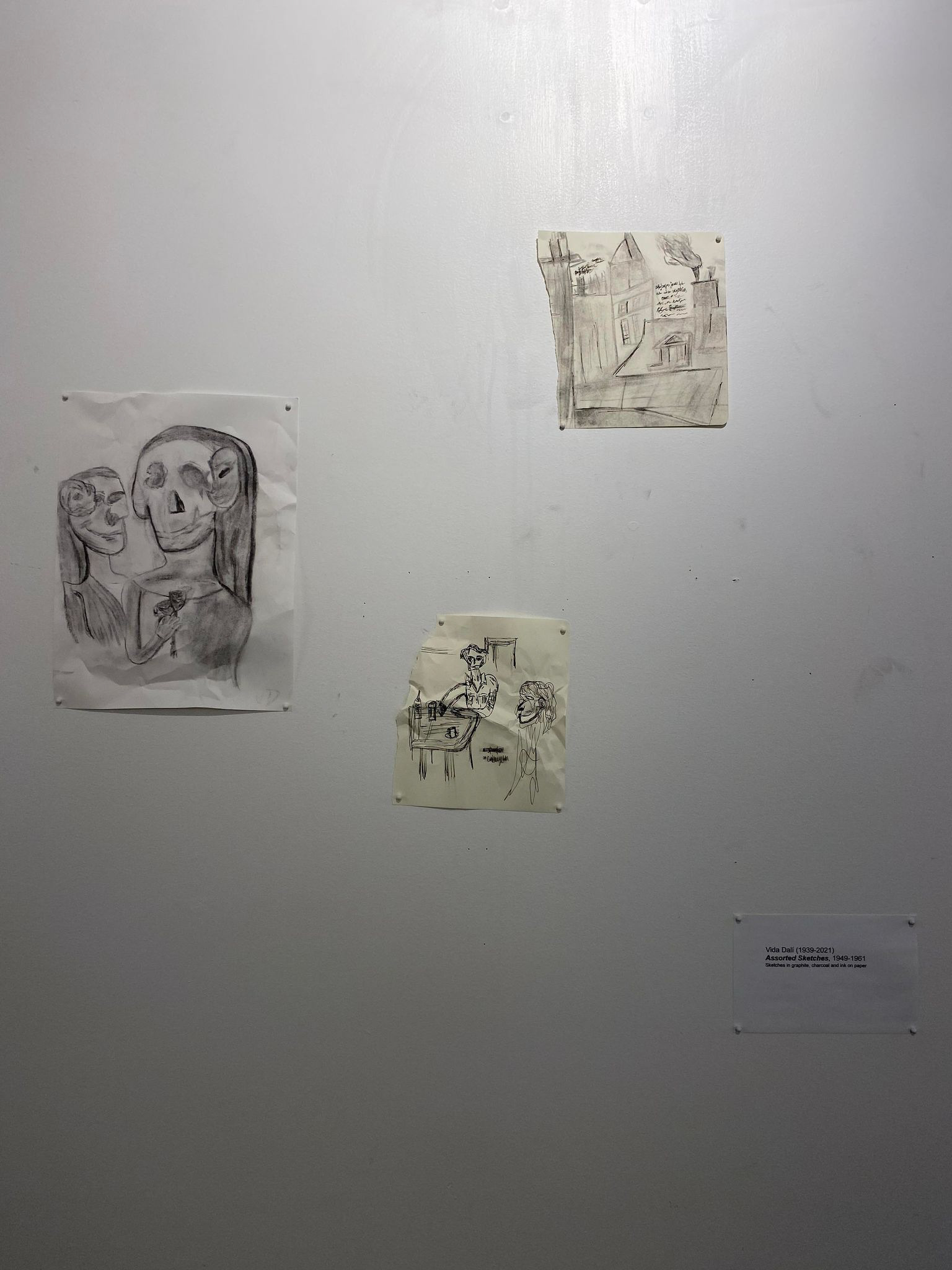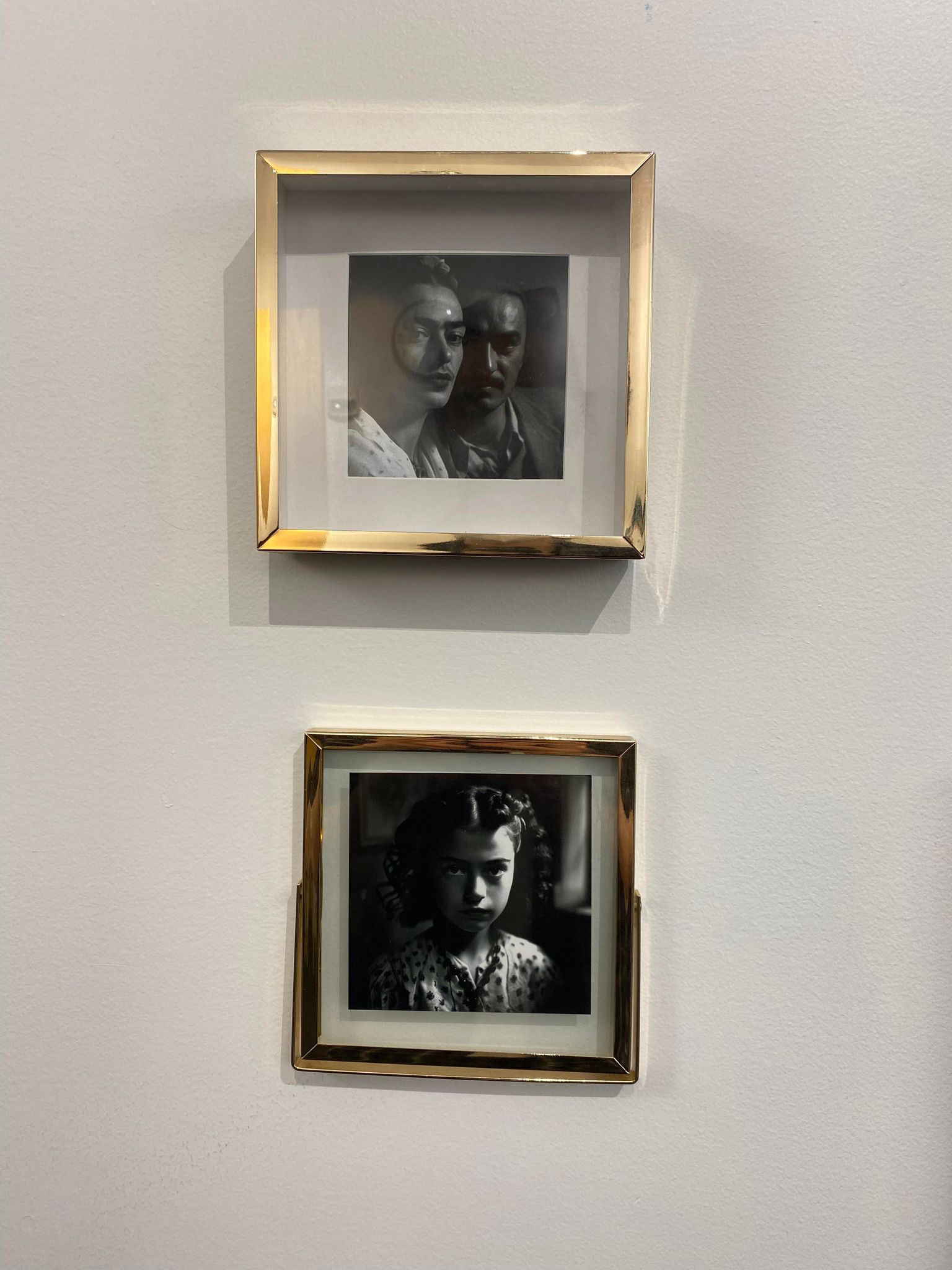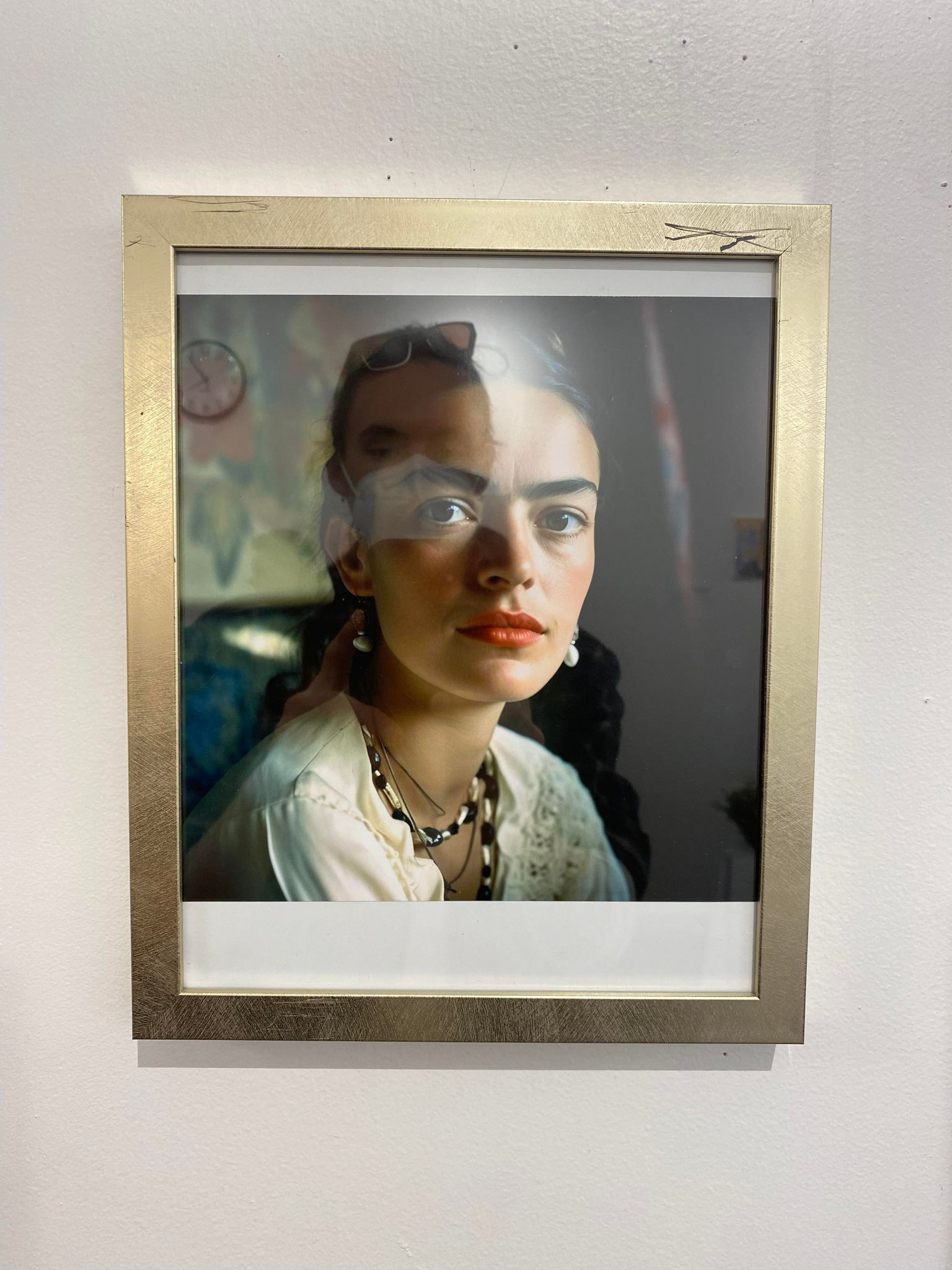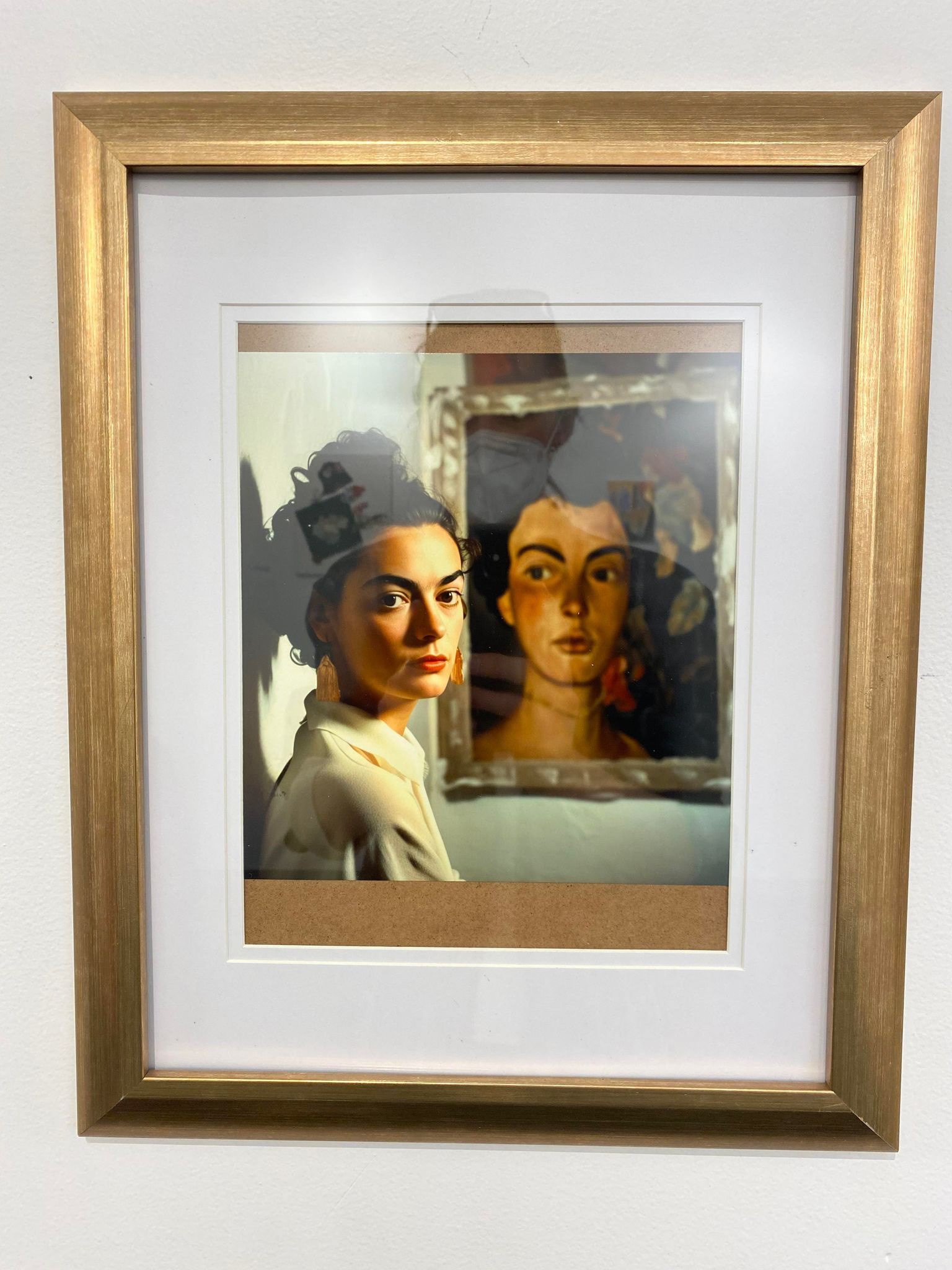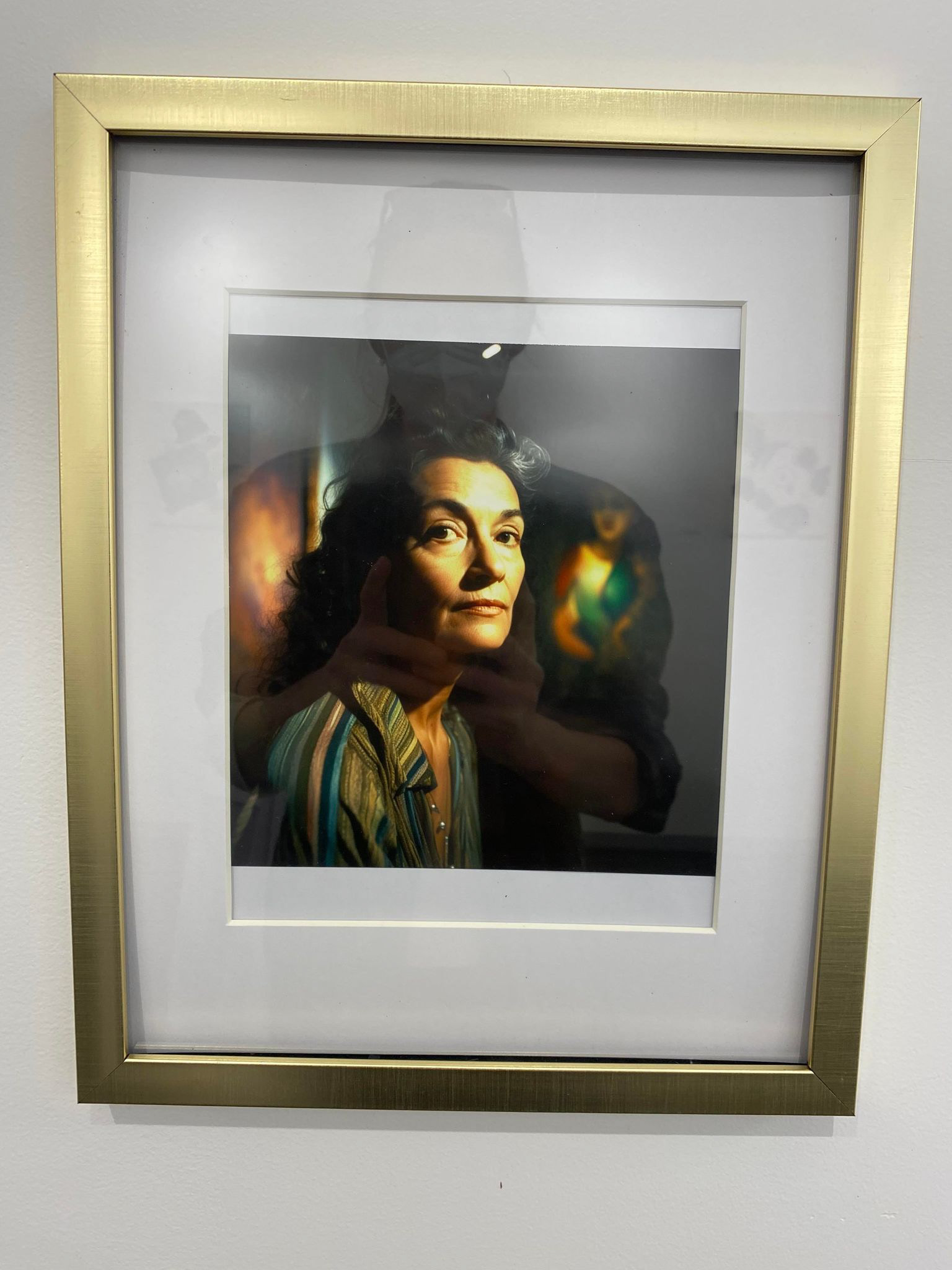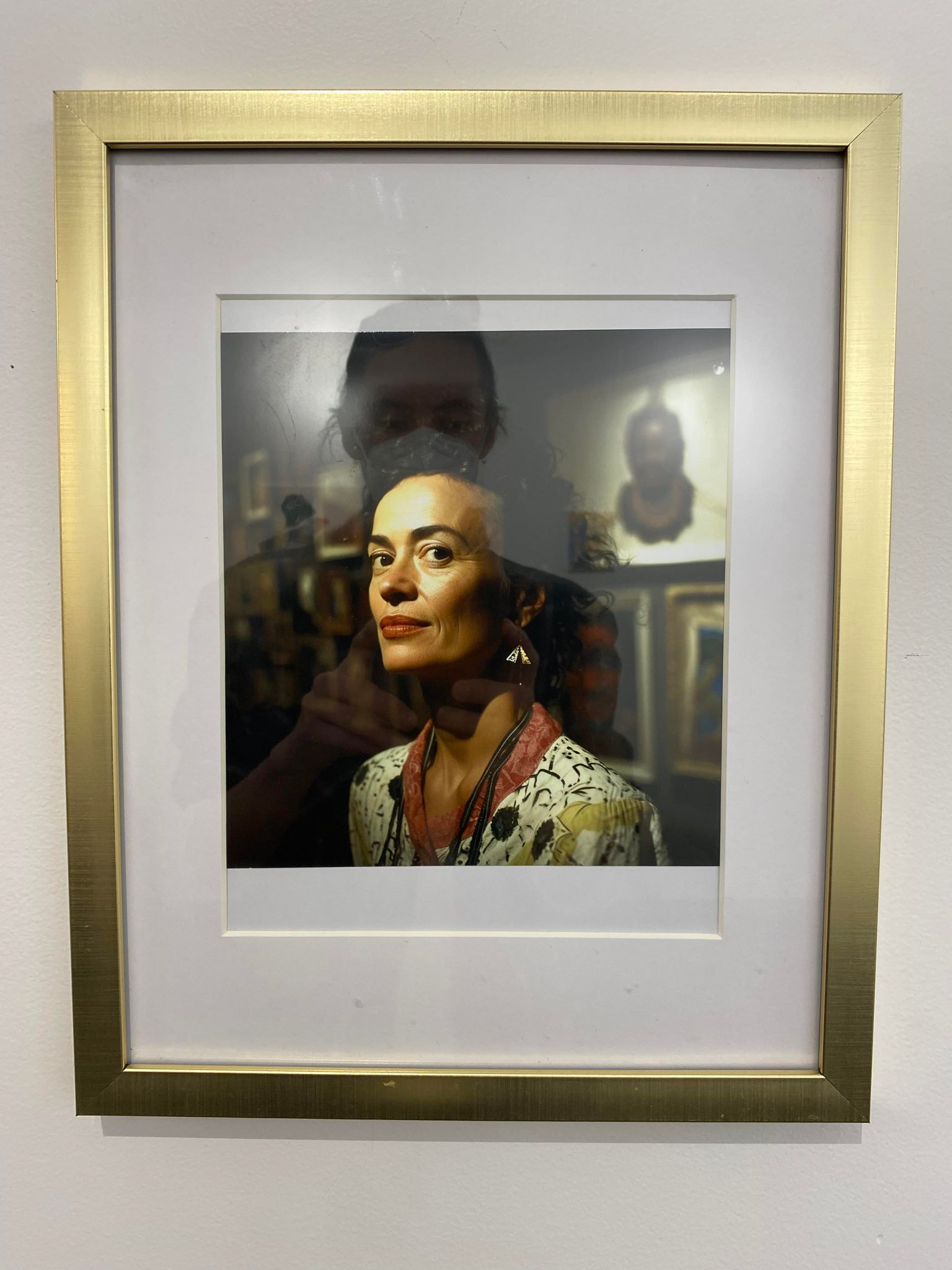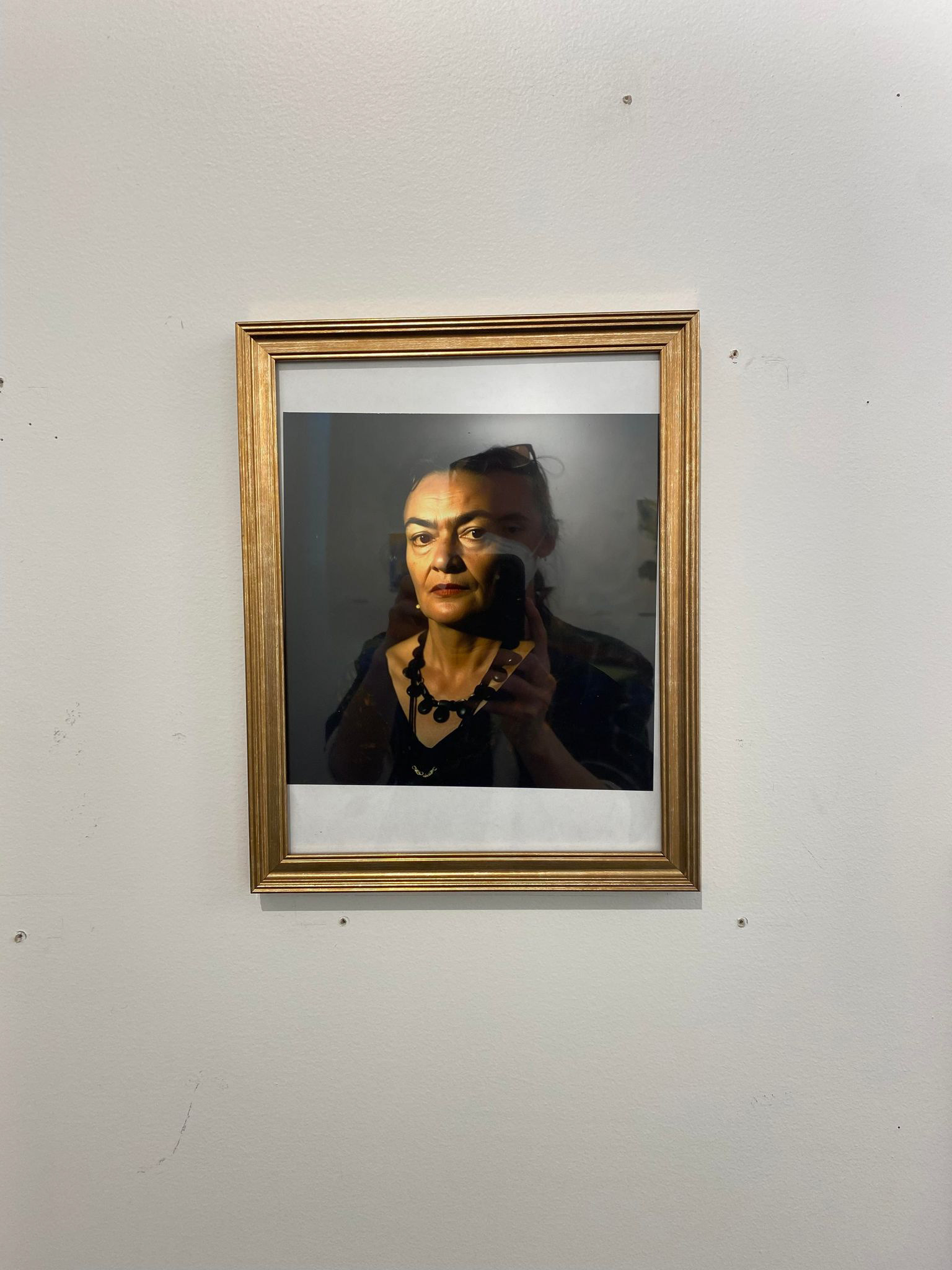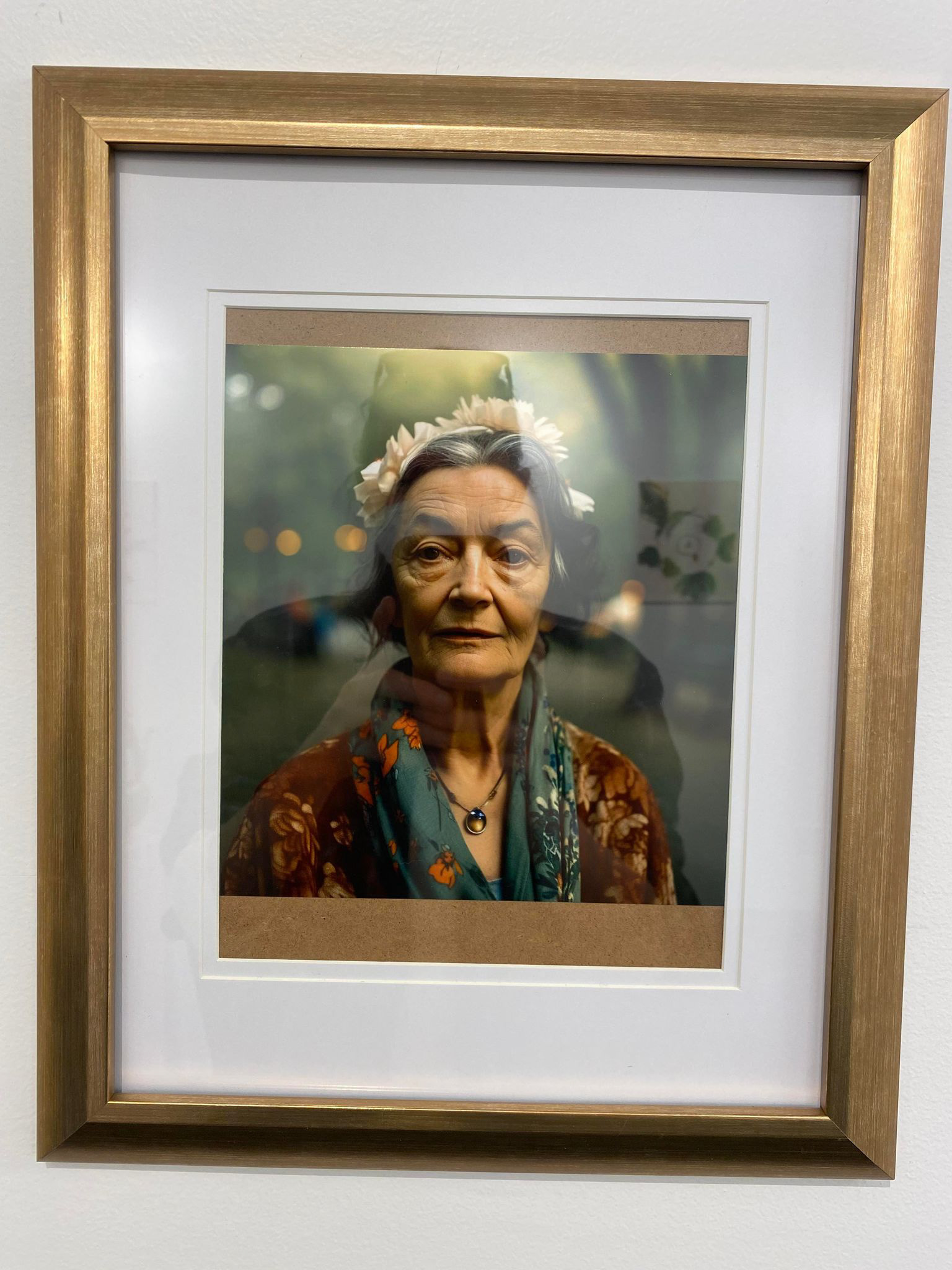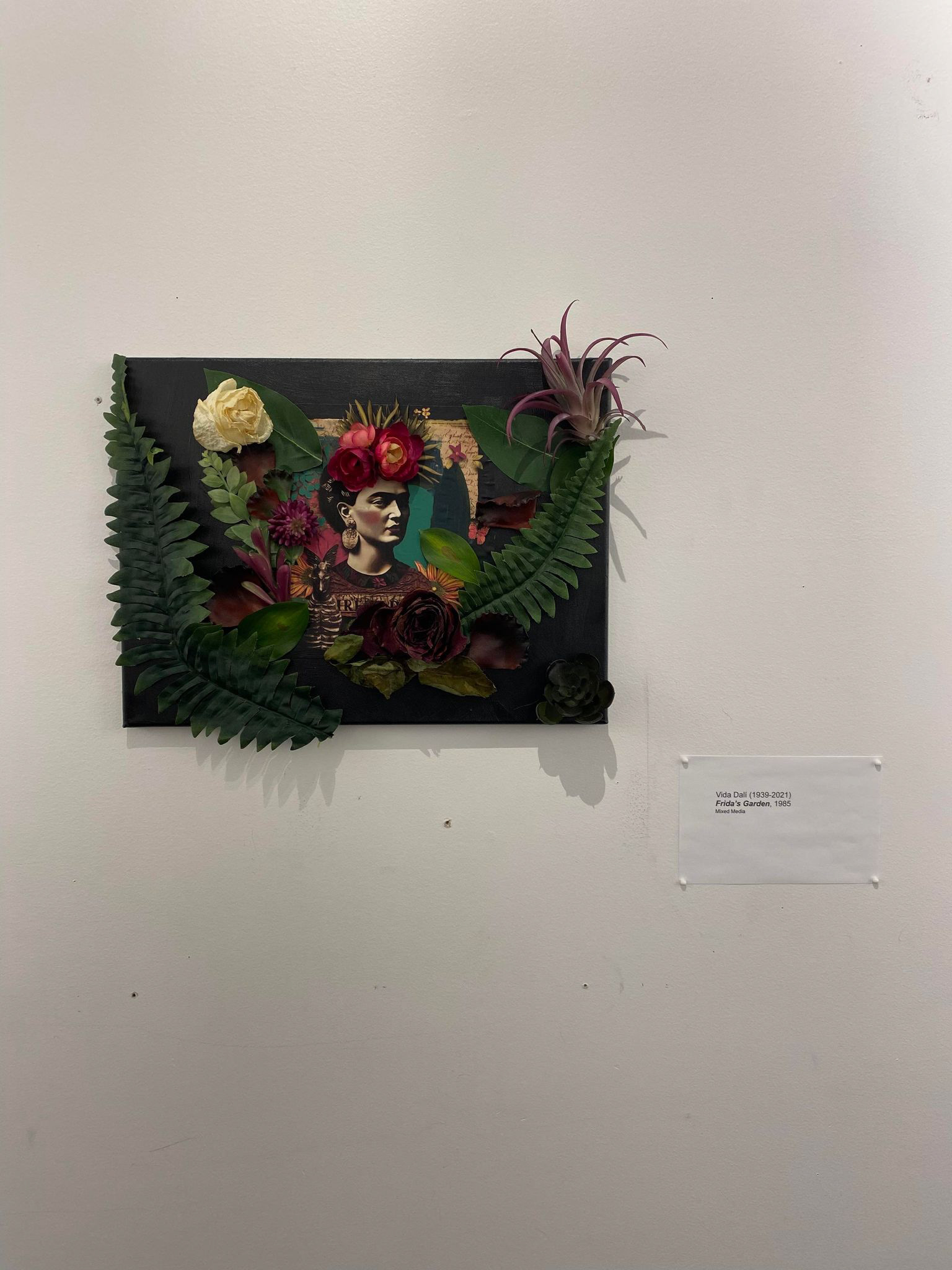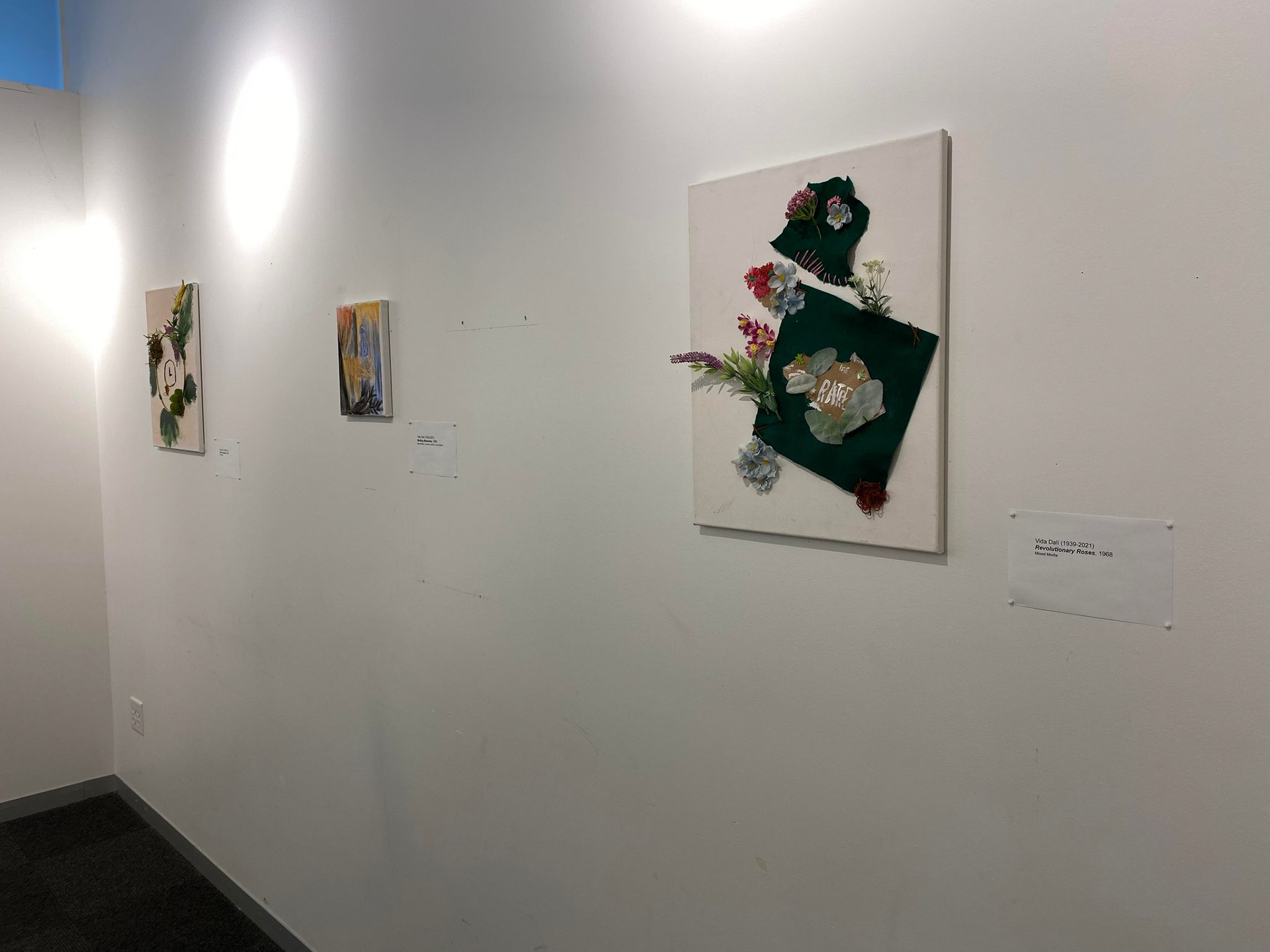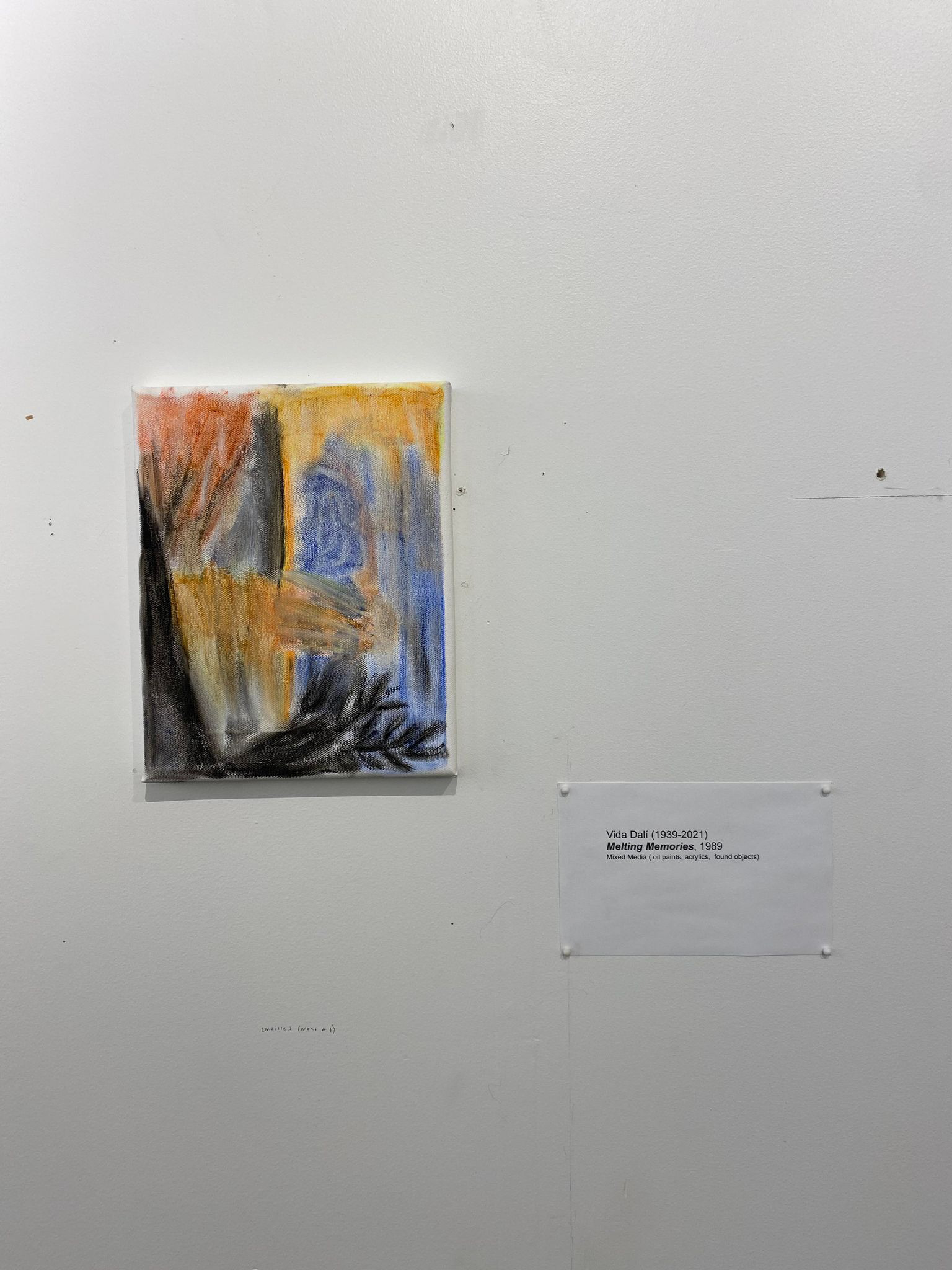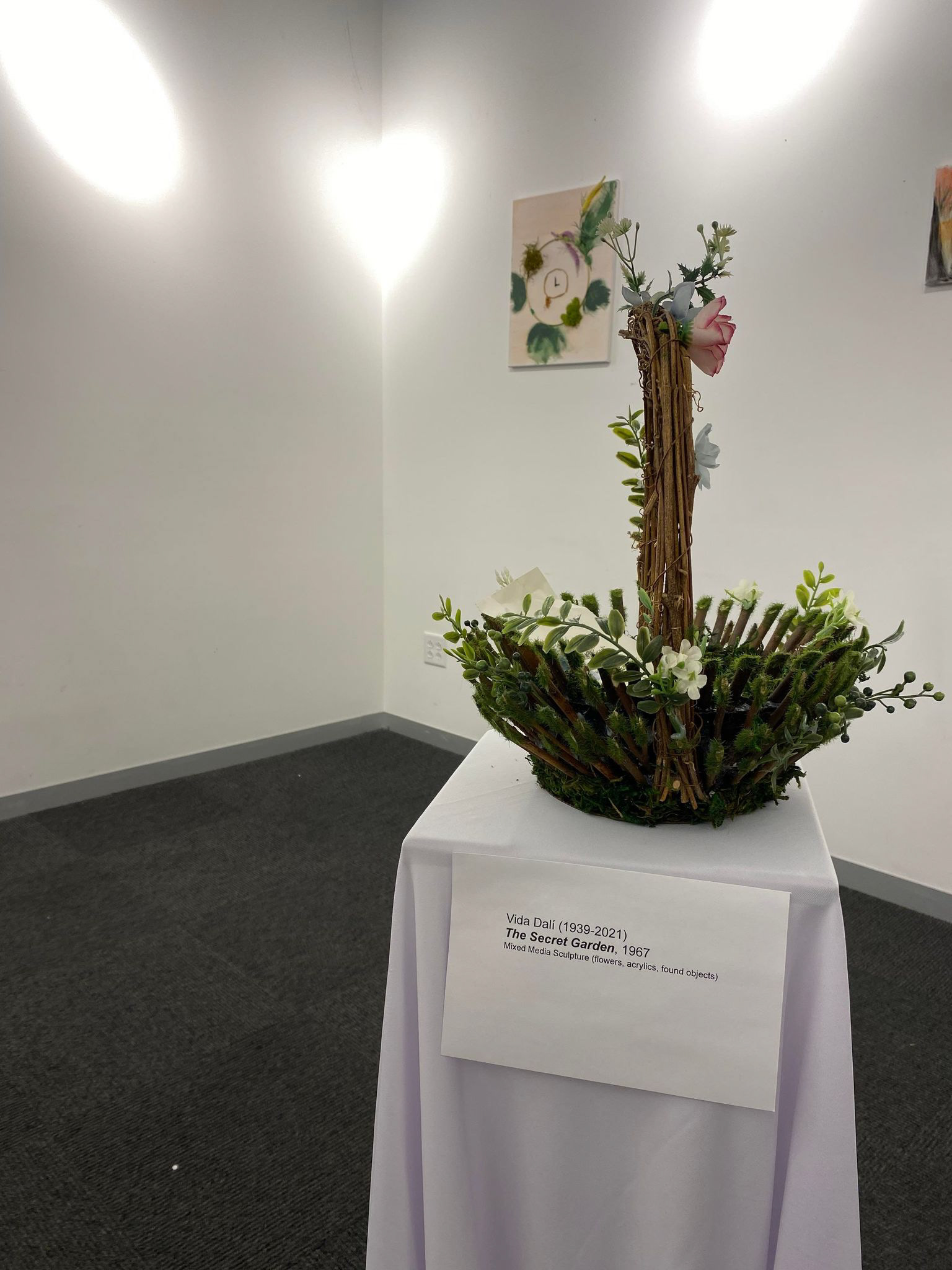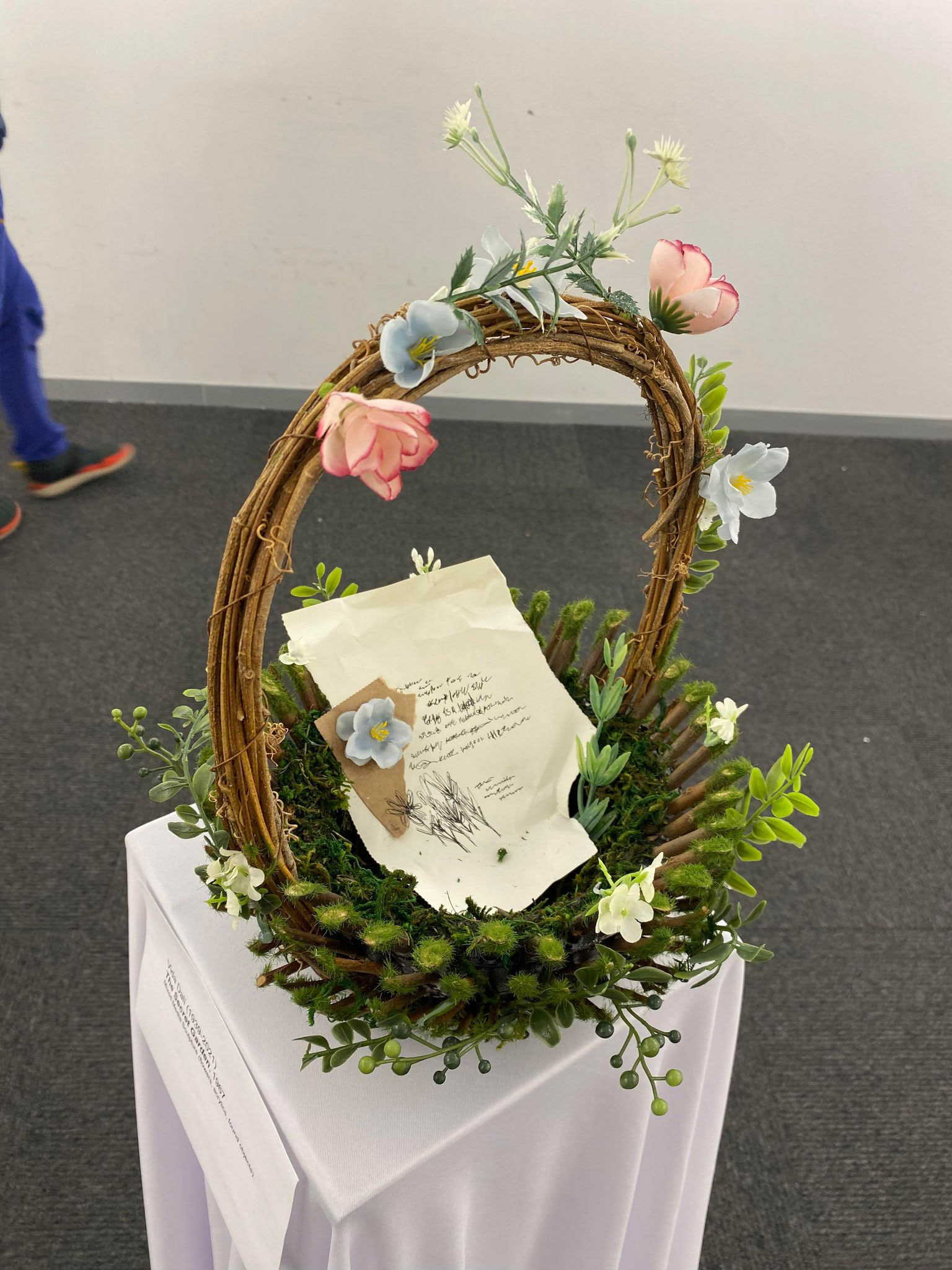Vida Dali
Created was part of the Performance Art and New Technologies class taught by Daniel Fine, Vida Dali was a proof -of-concept art gallery installation showcasing the power of collaborating artistically with various Artificial Intelligence systems.
Presented as a traveling art gallery of a newly discovered artist, the work of Vida Dali was an exploration of the power of AI to flesh out and present artistic works to the utmost believable degree. Initially pitched as the fictional lovechild of Frida Kahlo and Salvador Dali, two surrealist artists who likely never met, this project utilized ChatGPT to conceptualize and connect the dots on when this fictional child could have been conceived, raised, and how their life may have progressed over time until the COVID-19 pandemic in 2020. Through a series of prompts, Vida Dali had an entire lifespan formulated including hobbies, artworks, jobs, friends, features, schooling and much more to create a believable history that could be sold to an audience.
Additionally, ChatGPT formulated the artistic style of Vida Dali and a series of art works they would have produced, including years, materials, descriptions and sizing. From here, we took those descriptions and fed them into Midjourney AI to create visuals for these artistic pieces to then combine with the information from the ChatGPT list to create as real pieces of artwork - sculptures, mixed media art pieces, sketches, and self-portraits. Cat Dooley and Natalie Villamonte Zito create the physical artworks, while Kaelen Novak arranged the placards and informational cards (all dialogue written by ChatGPT, with minimal editing for clarity).
The project was incredibly successful. Given the vast swath of data and history able to be formulated using ChatGPT to round out this fictional artists history, the physical gallery was never questioned until the audience read the placard that explained the project. Future iterations of this project would include more examples of artworks, their history, and a possible AR or behind the scenes component where the visiting audience would be able to see under the hood of all the prompts, collaborations and process to create this believable art exhibition.
Technical Breakdown: ChatGPT 4 and Midjourney 4 were utilized for all conceptualization and photographic usage. All data for prompts came from general history and from the prompts formulated before in a long text chain, which allowed ChatGPT to refer back to the fictional history it created for itself. Entire prompt and response chain available upon request.
University of Iowa, March 2023
Co-Collaborators: Natalie Villamonte Zito, Kaelen Novak, Cat Dooley
